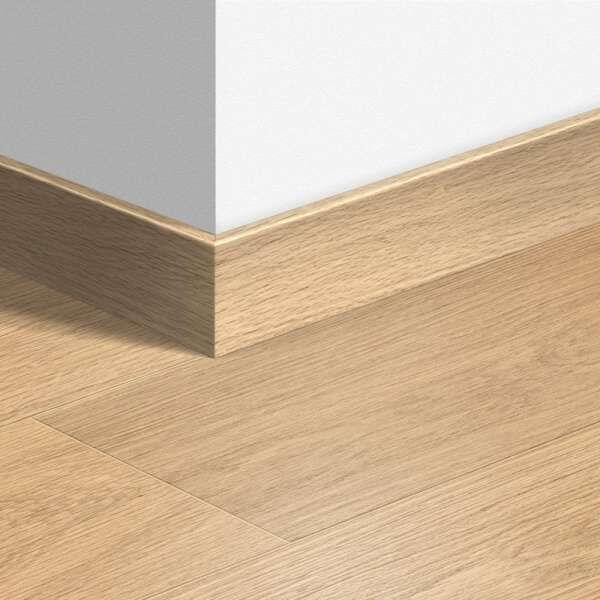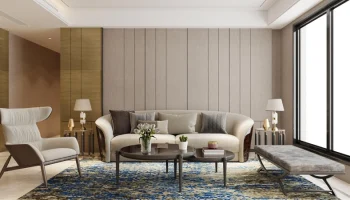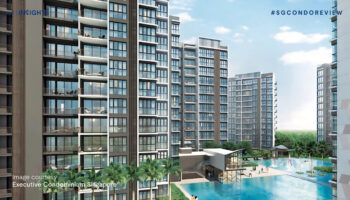Find out how different materials and details can be incorporated into the baseboard to give your home a stunning look
Why should the floor skirting board only play a functional role and cover the gap between the finished floor and the wall? By far, the most common method of installing baseboard is to cut the flooring material to a size ranging from 3 to 5 inches in height and fasten it to the wall surface along the perimeter of the room floor.
How about looking beyond the conventional way of installing a skirting board and turning it into an interesting design element? This molding will not only look good but also add a lot of style and character to the overall decoration of the home. Here are tips on how to do it.
Wooden bar
A wooden skirting board lends an element of warmth, richness, and sophistication when running across marble or tiled floors. It works best with light floors, walls, and ceilings, as in this example.
Install decorative wooden molding as a plinth to give the house a detailed look. This type of plinth works best with ornamental or traditional decor. For small spaces, instead of contrasting colors, it is enough to match the color of the plinth with the wall. This detail will give a smooth look and a better sense of space. Investing in apartment buildings can be a great way to make money and build financial security. It is a relatively low-risk investment with potentially high returns. It also provides the investor with the opportunity to diversify their portfolio beyond stocks and bonds. With the right strategy, investors can benefit from both short-term and long-term gains in rental income, appreciation, tax benefits, and more. Apartment buildings are an attractive option for those looking for an alternative to traditional investments or those who want to take advantage of the current market conditions. Check out the apartments for rent in visalia ca.
Contrast color bar
A plinth made of stone or tiles in a contrasting color helps to visually distinguish the floor and the wall. Make sure the molding is darker than the floor.
See how a darker marble is used as a plinth in this checkered floor pattern; the visual result is that it looks like a vertical border or an extension of the floor design.
Recessed bar
If you want a sleek smooth look, then go for straight slats; the plinth is attached to the wall in such a way that the tiling and plaster are flush – at the same level. The best thing about this type of plinth is that since they are flush with the wall, they don’t trap dust, unlike plinth tiles that stick out from the wall.
In this bedroom, the dark floor continues to form a recessed skirting board. Keep in mind that flush strips need to be planned. Before installing the plinth, the wall must be chipped to remove the plaster; therefore, material and labor costs increase.
Color bar
In this room, the skirting board is painted fluorescent green to give the space a playful look. This can be achieved by installing thick MDF (Medium Density Fibreboard) boards as skirting boards and painting them with a bright color of your choice. MDF is economical and much cheaper than wooden skirting boards. Don’t miss the matching green floor cushions and accessories in this example.
Make a bold statement by using SS (stainless steel) for the skirting board. The SS molding gives the home lightness, richness, and a cutting-edge modern look. You might consider pairing hardware with a steel finish and bringing in smaller items like vases, candlesticks, or other metallic silver accents.
The main disadvantage of the metal bar is that it is prone to scratches.
Double layer bar
How about turning a skirt into an accent piece? This home has two-tone baseboards – the double layer of gray and black baseboards complements the white floor and walls nicely and creates a statement detail.
In this minimalist space, a light brown wooden molding adds an elegant touch to the space and is carried forward as a cladding material for the treads and treads of the staircase.
Take a look at the staircase, the dark brown skirting board continues further and upwards to form the border of the staircase and riser, taking the design to a whole new level.







